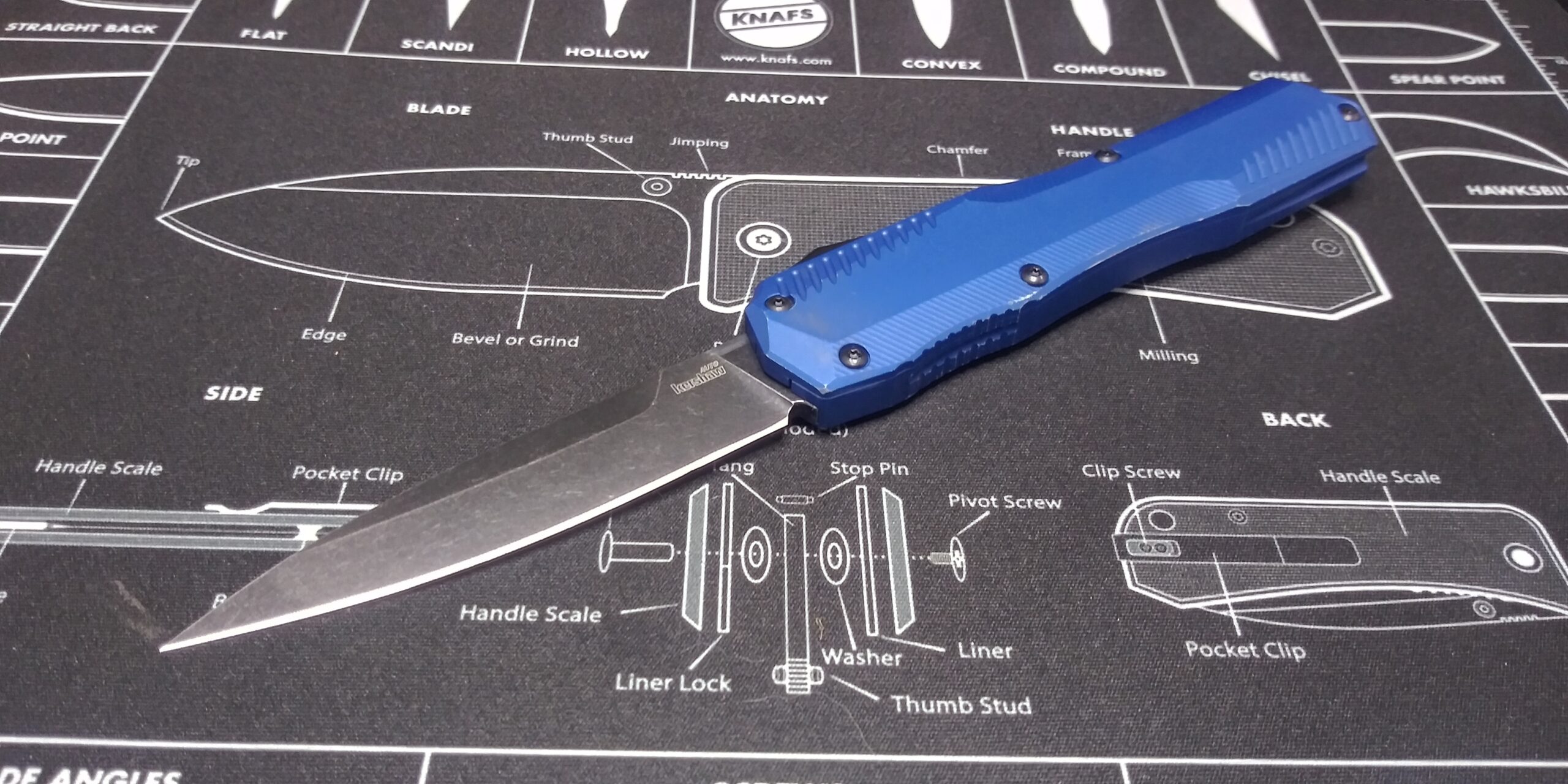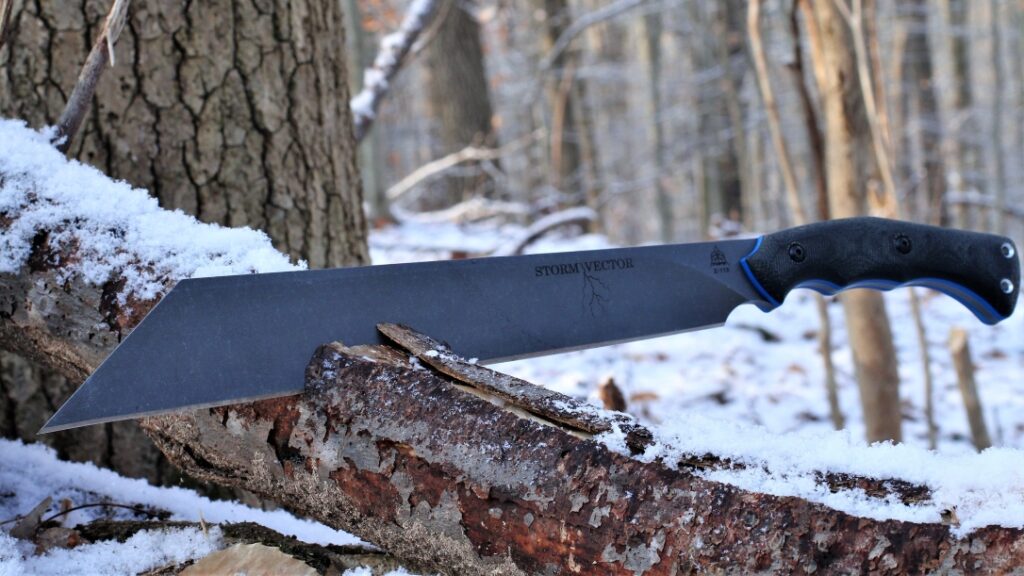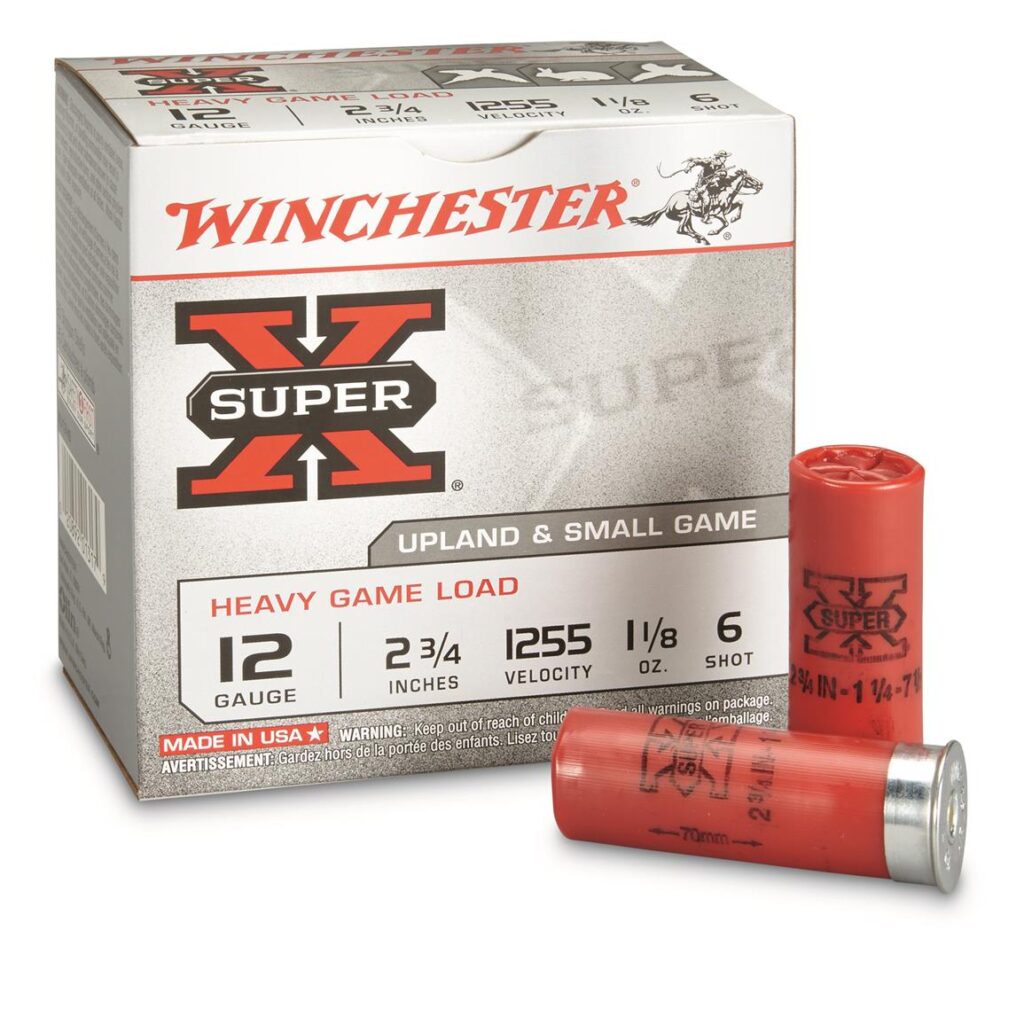I’ve been a knife user and collector for over forty years and I’m still baffled as to how the Kershaw Knives Livewire was my first OTF (out the front) automatic knife. I mean, you’d think I’d have a fistful of OTF knives by now. Thinking back, I did pick up a cheap OTF a few years ago, but it was just a glorified gas station knife. The Livewire is the real deal.
The Kershaw brand isn’t new to me. I have a bunch of their knives, including several from their Launch series of autos. There’s not a dud in the bunch. When the Livewire debuted at the 2023 SHOT Show, I knew I had to get one. It was not only Kershaw’s first OTF, but it’s one that’s made entirely in the USA.
About five months ago, my wife and I were traveling through northeastern Wisconsin and stopped at DLT Trading. They had recently added a blue Livewire to their offerings, so I asked to see it. Well, it was love at first sight.
Advertisement — Continue Reading Below
The cool thing about OTF models, including the Livewire, is that the blade can be opened and closed with one hand. No fumbling around trying to feel for a liner lock with your thumb and then pushing the blade closed with your thigh. Just SNICK open and SNICK closed. Simple, easy, and weirdly satisfying.
Kershaw Knives Livewire Features
Right off the bat, one thing I like about the Livewire is how safe it is. The sliding switch to release the blade takes a little effort, and it’s a long slide. There is virtually no risk of accidentally firing the blade. Not only that, if the working end of the handle is pressed against something, such as a box or a leg, and the switch is activated, the blade isn’t going to fully fire. It’ll move just the tiniest bit, and that’s it. You’ll have to pull the blade out manually at that point, then move the switch again to retract it.
The spear point blade is MagnaCut, and on this particular model, it has a Blackwash finish. This really meshes well with the blue aluminum handle. The handle has some eye-catching contouring, too. I have observed that the blue finish is already starting to wear away along the edges of the handle, though. It’s not a huge concern, but it’s definitely noticeable.
Advertisement — Continue Reading Below
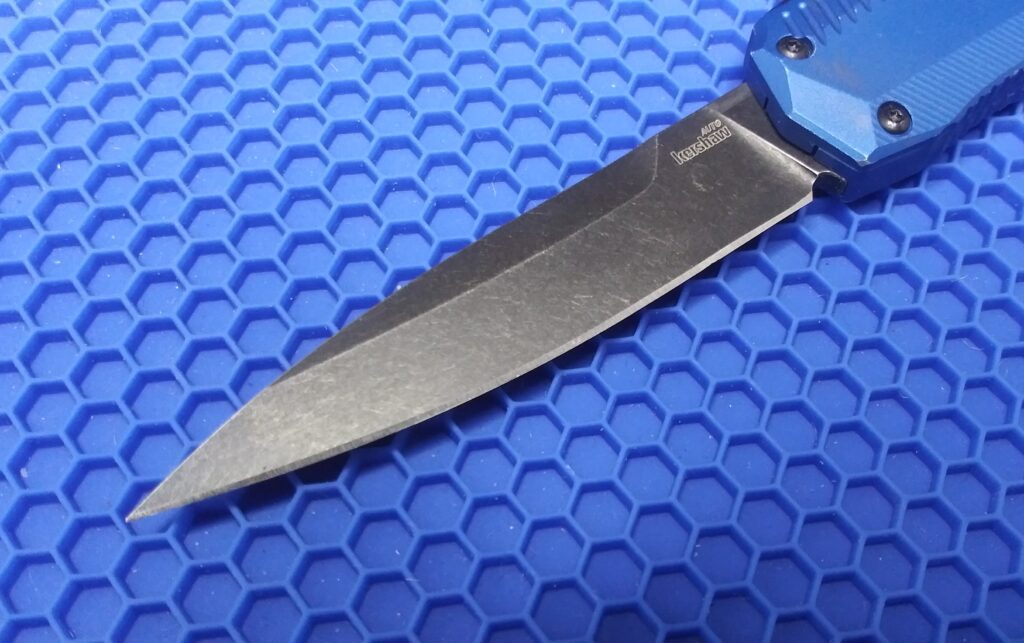
Closed, the Livewire measures 4.8 inches. The blade adds another 3.3 inches, giving you a total of 8.1 inches when opened. There’s a pocket clip that can be reversed for right- or left-hand carry.
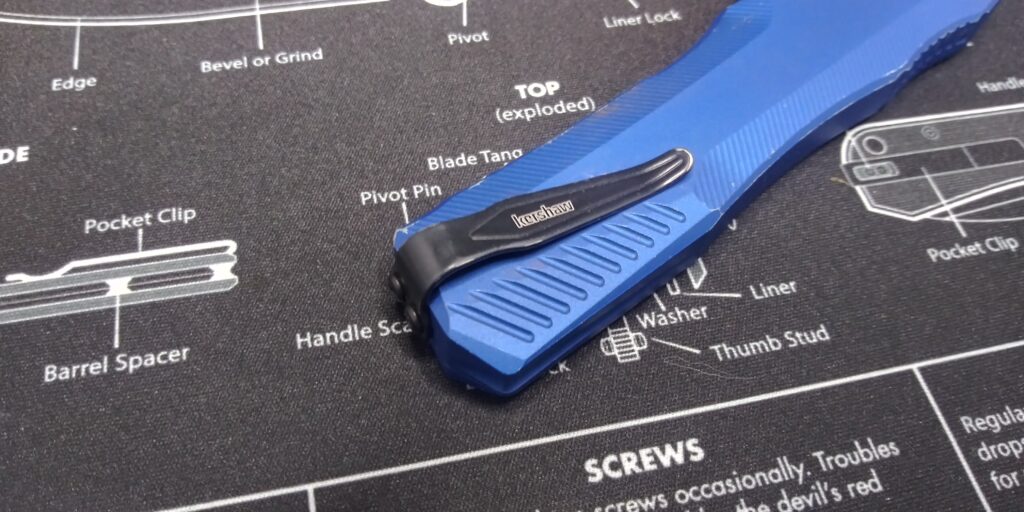
Advertisement — Continue Reading Below
How Does It Perform?
I think a high-quality OTF like the Livewire might be a grown-up version of a fidget spinner. If it’s sitting within arm’s reach on my desk, I inevitably find myself firing it open and closed a few times. Given how many times on an average day I’ve done this, in addition to when I’ve actually used the knife, I’d ballpark it at about 1,000 cycles to date, and it’s still going strong.
That said, there is a little maintenance with the Kershaw Knives Livewire. From time to time, pocket lint might work its way inside and foul up the mechanism a bit. Fortunately, Kershaw put together a handy video on how to fix this. The whole process only takes a few minutes.
I’ve used the Livewire to open mail and packages, break down boxes, cut up veggies and fruit, and even snip loose threads from clothing. The point of the blade is needle-sharp, and the MagnaCut blade holds an edge quite well.
Advertisement — Continue Reading Below
Being a knife reviewer has a lot of perks, but there is one major downfall. You don’t get the chance to carry your favorites as often as you’d like because you’re frequently evaluating other models. That’s the only thing that has prevented me from carrying the Livewire every single day since I bought it.
As it is, this is the sort of knife that you look for reasons to use because it’s just plain fun. And with a sub-$300 price point, it’s an amazing value.
For more information, please visit DLT Trading.
Advertisement — Continue Reading Below
